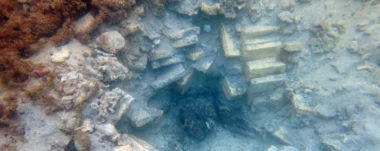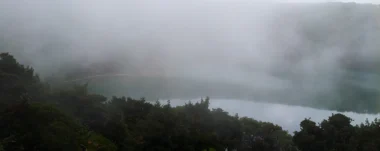Environmental Awareness: Guide for Responsible Tourism in Costa Rica this Season
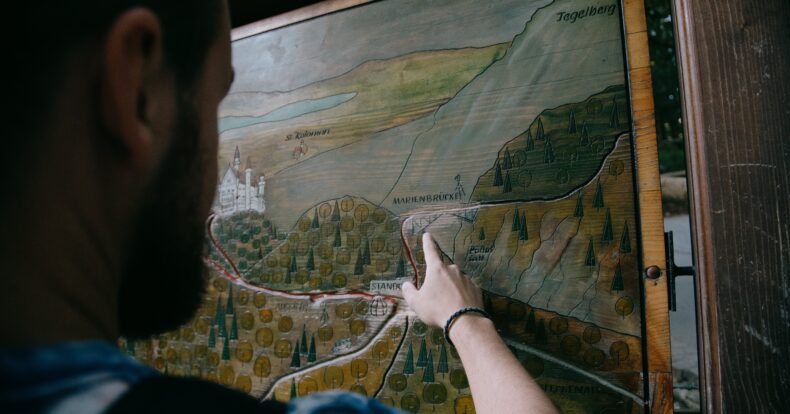
In the quest for responsible tourism, Costa Rica stands out not only for its tourism resources, but also for adopting an inclusive, interdisciplinary and intersectoral perspective. Beyond the boundaries of conventional tourism, the country faces the challenge of conserving biodiversity and addressing the climate change crisis, the reverberating effects of which affect the reality of tourism.
We are approaching days in which many people will enjoy a well-deserved rest touring the wonders of our country and therefore we invite you to be responsible tourists by not leaving personal items unattended or in sight in vehicles, not entering sites with some kind of prohibition, not making illegal entries in protected areas, picking up trash, protecting the flora and fauna, not feeding animals or taking selfies with them, he said.
Alberto López, ICT General Manager
Conscious Tourism: Costa Rica’s Commitment to Tourism Conservation
Costa Rica’s National System of Conservation Areas (SINAC) has launched detailed guidelines just at the threshold of the peak of the tourist season. Their objective is to ensure that both national and international visitors can enjoy the country’s natural wonders responsibly and, at the same time, contribute to their preservation.
Focusing on responsible tourism in protected areas is of crucial importance to safeguard the safety and health of visitors. This initiative not only seeks to improve the quality of visits, but also to create an environment conducive to biodiversity observation and environmental education.
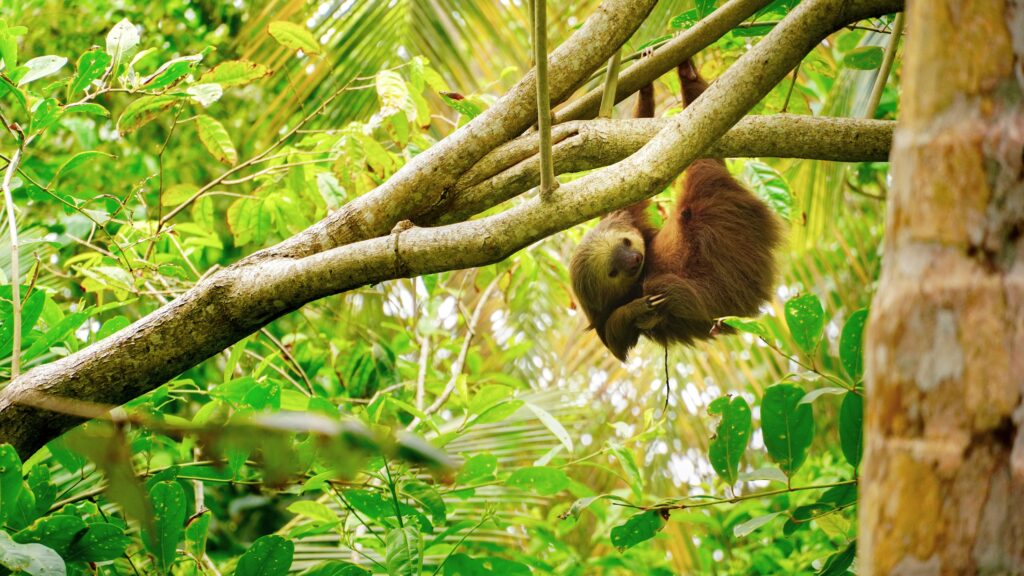
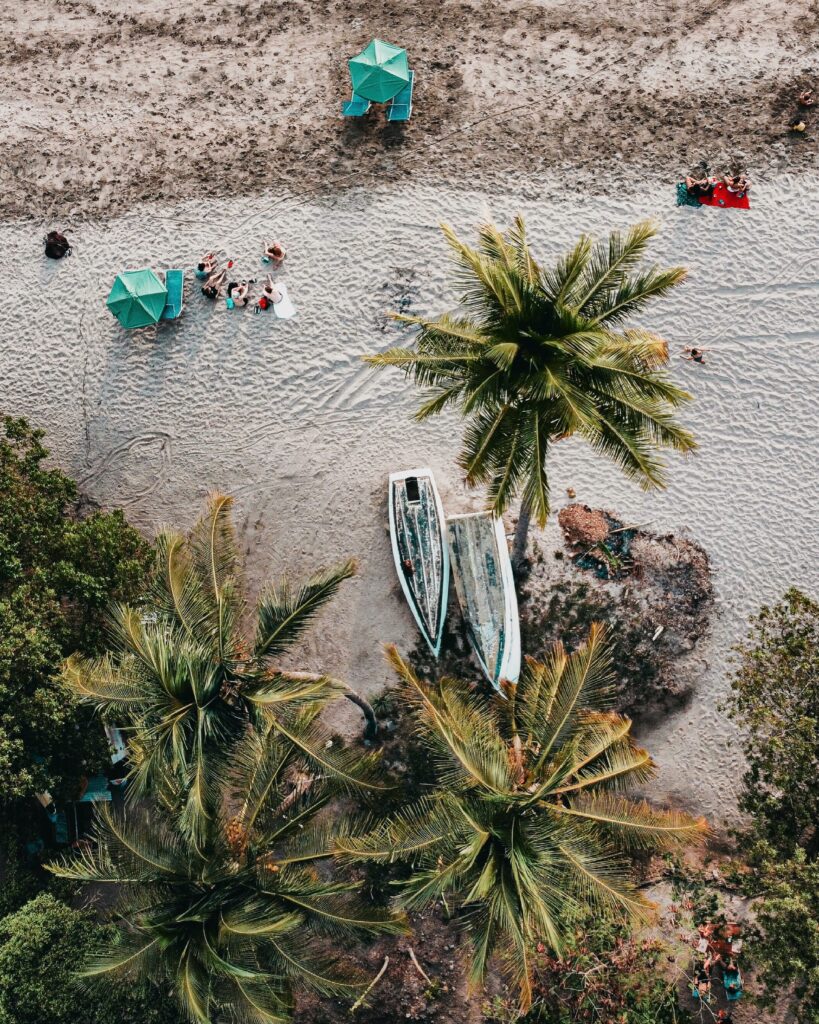
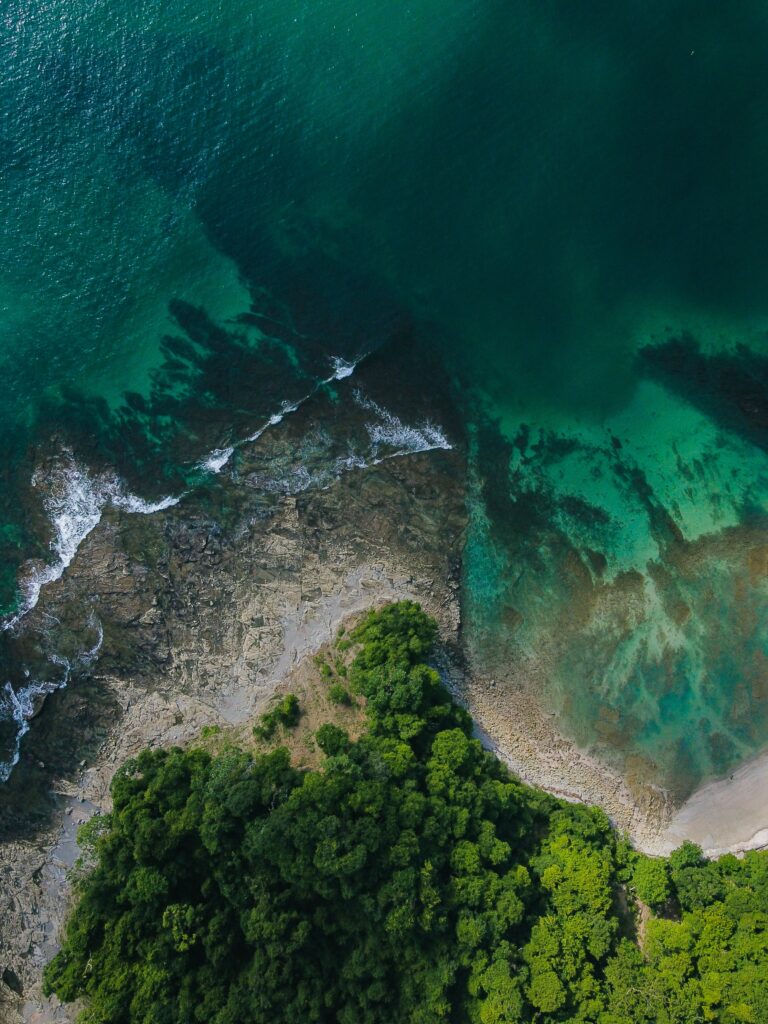
Franz Tattenbach, Minister of Environment, highlights the need for joint efforts between the Government, local communities and tourists to maintain responsible tourism practices. He underscores the challenges SINAC faces in curbing unauthorized activities in National Parks, highlighting the risks these activities pose to people.
SINAC: the Route of Responsible Tourism
For a safe and conscious visit, SINAC advises visitors to be thoroughly informed about their destination using official sources.
Accurate and updated information about the specific Protected Area to be visited is crucial.
SINAC Officials
An adequate preparation is essential, including the choice of appropriate clothing, the provision of hydration, medicines and other essential items. Tourists are advised to avoid single-use plastics and to verify that their tour operators or guides have the necessary certifications and permits from the Costa Rican Tourism Institute (ICT).
The guidelines also include the exclusive use of official entrances, clearly marked and with established schedules. It is crucial to heed the advice of rangers and follow signs within the parks. Keep to designated areas and marked trails, discouraging any deviation.
Interaction with wildlife should be cautious, and tourists are urged not to touch, capture, or feed the animals. In the event of encountering an injured or sick animal, the importance of not intervening directly, but immediately informing a park ranger is emphasized. Group safety is a key recommendation, urging visitors to stay together and not to separate.
The guidelines aim to improve the visitor experience and play a significant role in conserving and protecting Costa Rica’s unique ecosystems. Responsible tourism is viewed as more than a duty; it presents an opportunity for individuals to actively contribute to preserving Costa Rica’s natural beauty, establishing the country as an outstanding destination.
Sensorial Sunsets
Navigate articles




